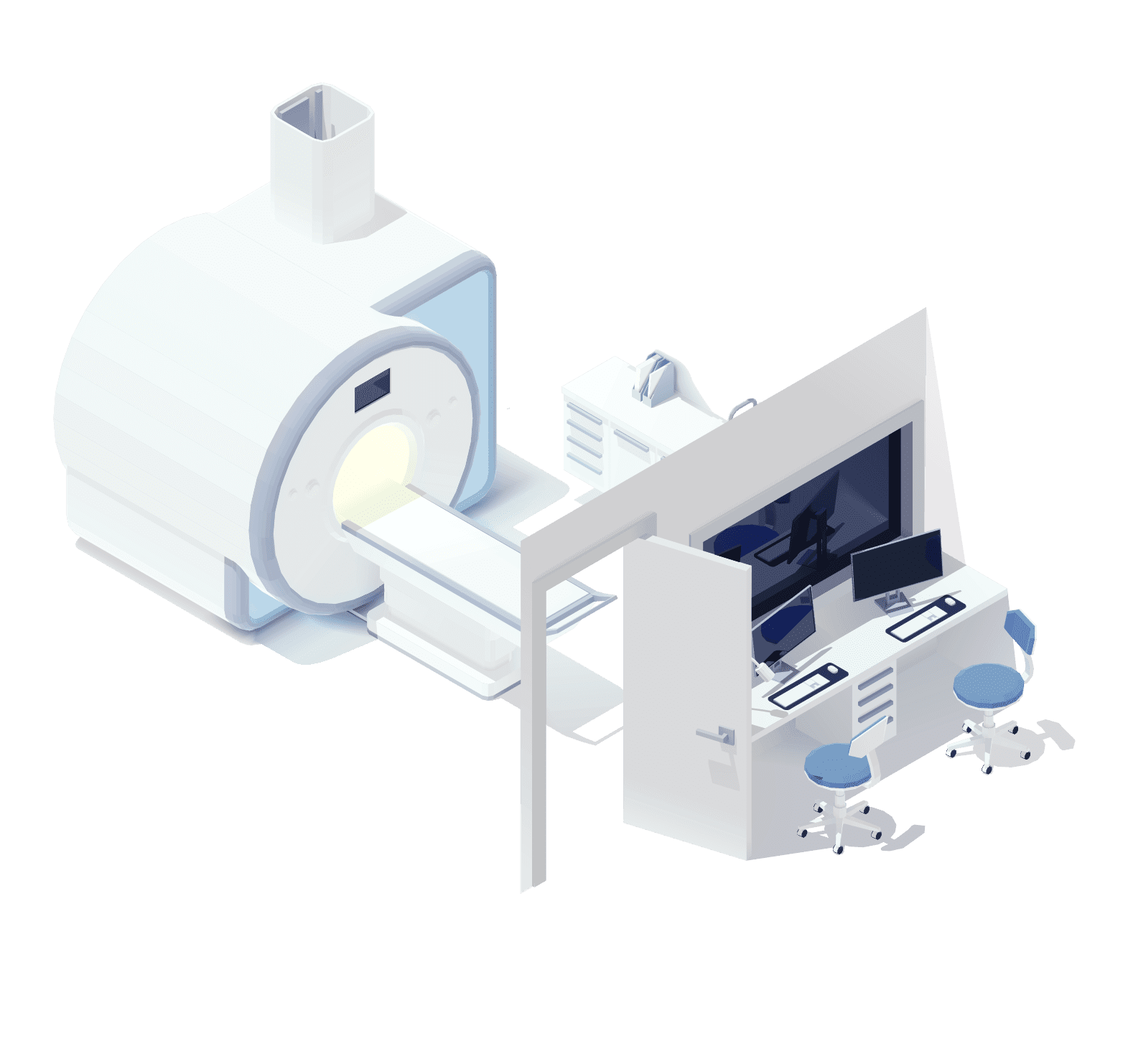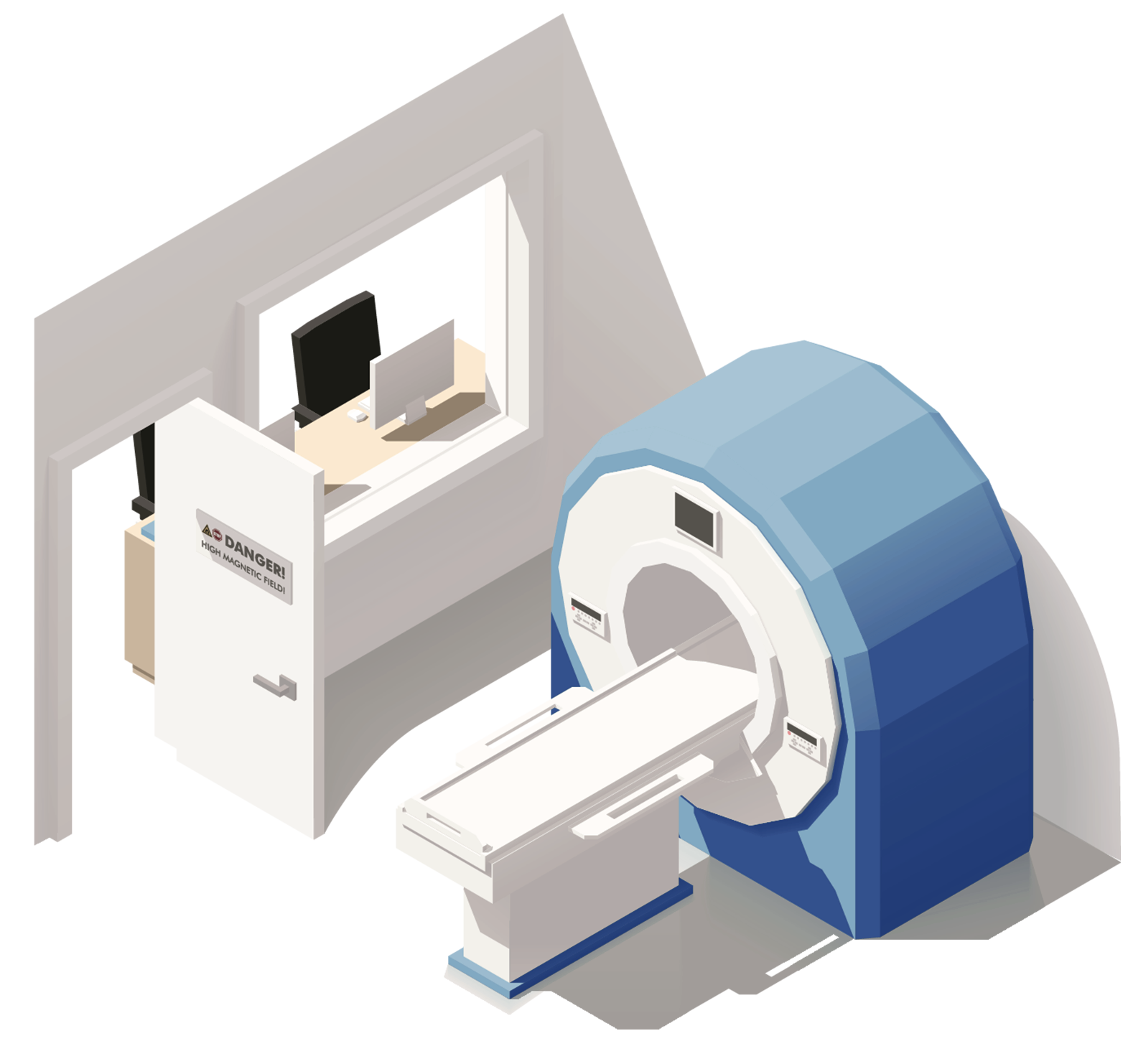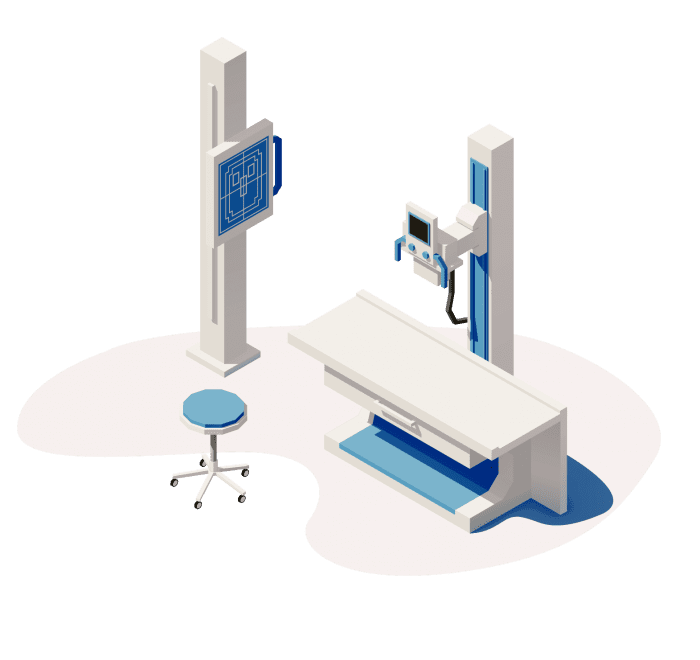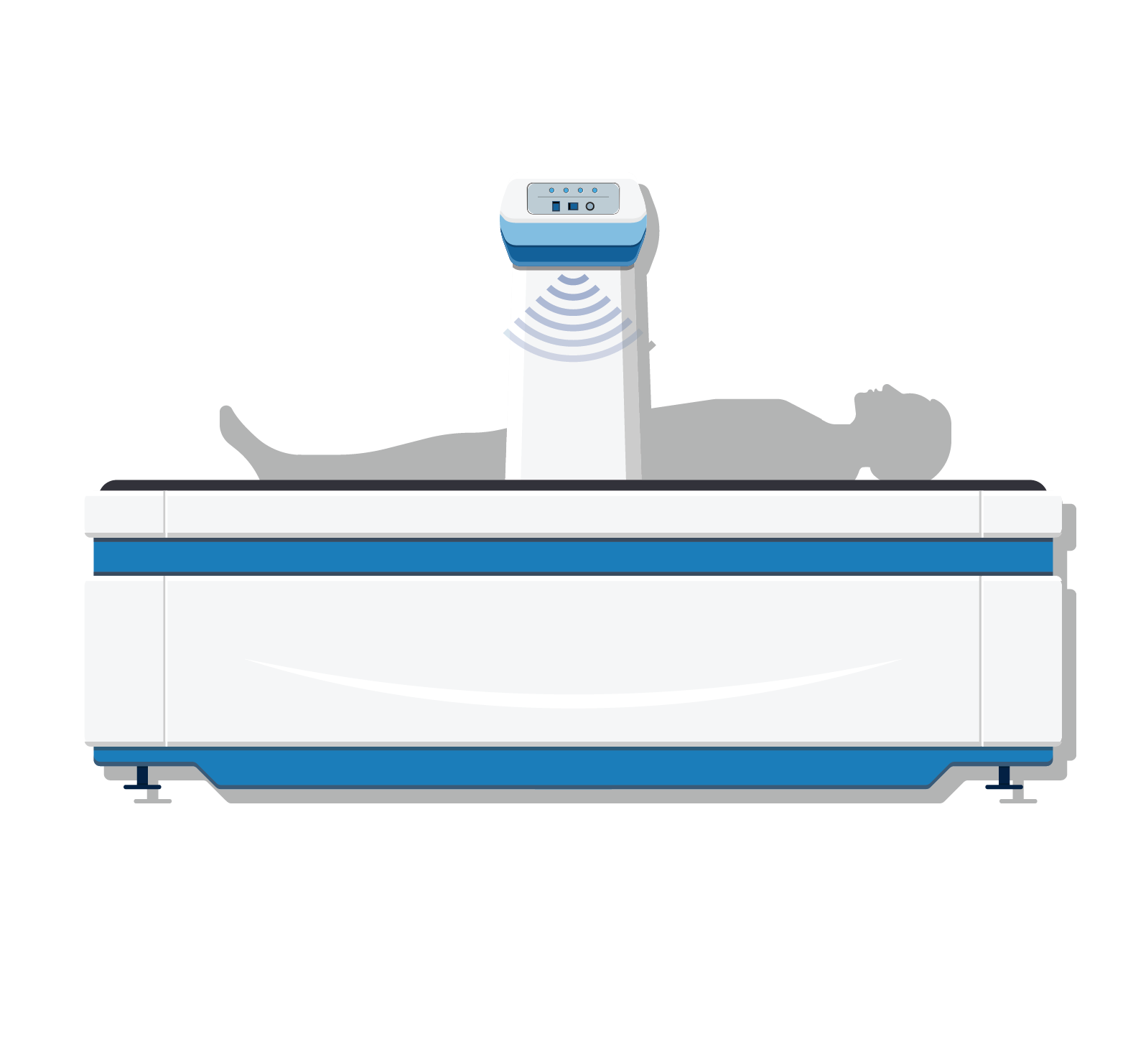Our proximity to Advanced Diagnostic Imaging (ADI) allows us to order and perform several types of imaging services to better serve you. These procedures are available to both walk-in patients and those who have scheduled appointments and may be ordered by your provider.”
Locations
-
Waterloo Office
4006 Johnathan St., Suite B
Waterloo, IA 50701 -
Parkersburg Office
305 3rd Street
Parkersburg, IA 50665 -
Shellsburg Office
131 Main Street
Shellsburg, IA 52332 -
Denver Office
160 E Main Street
Denver, IA 50622







